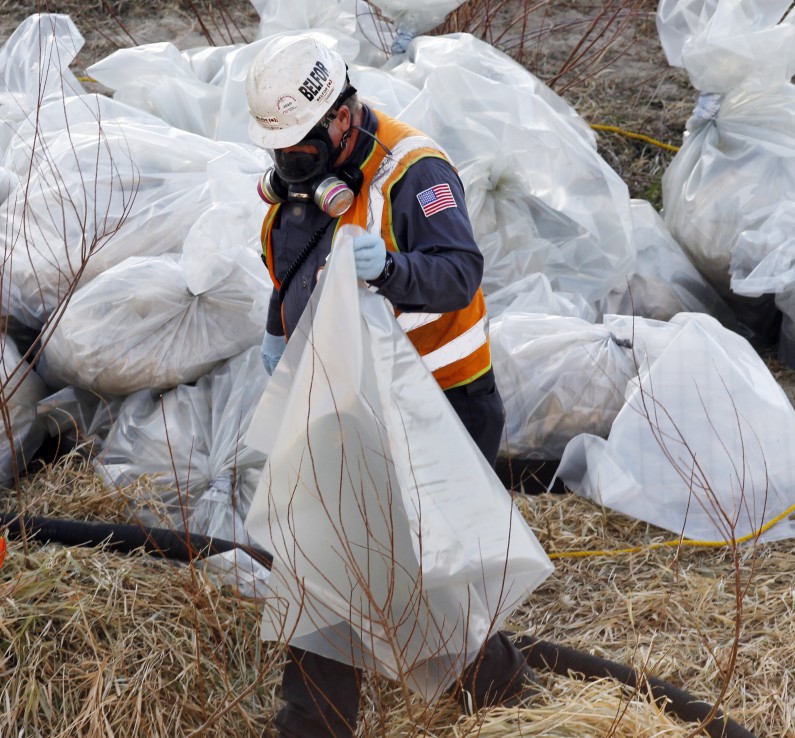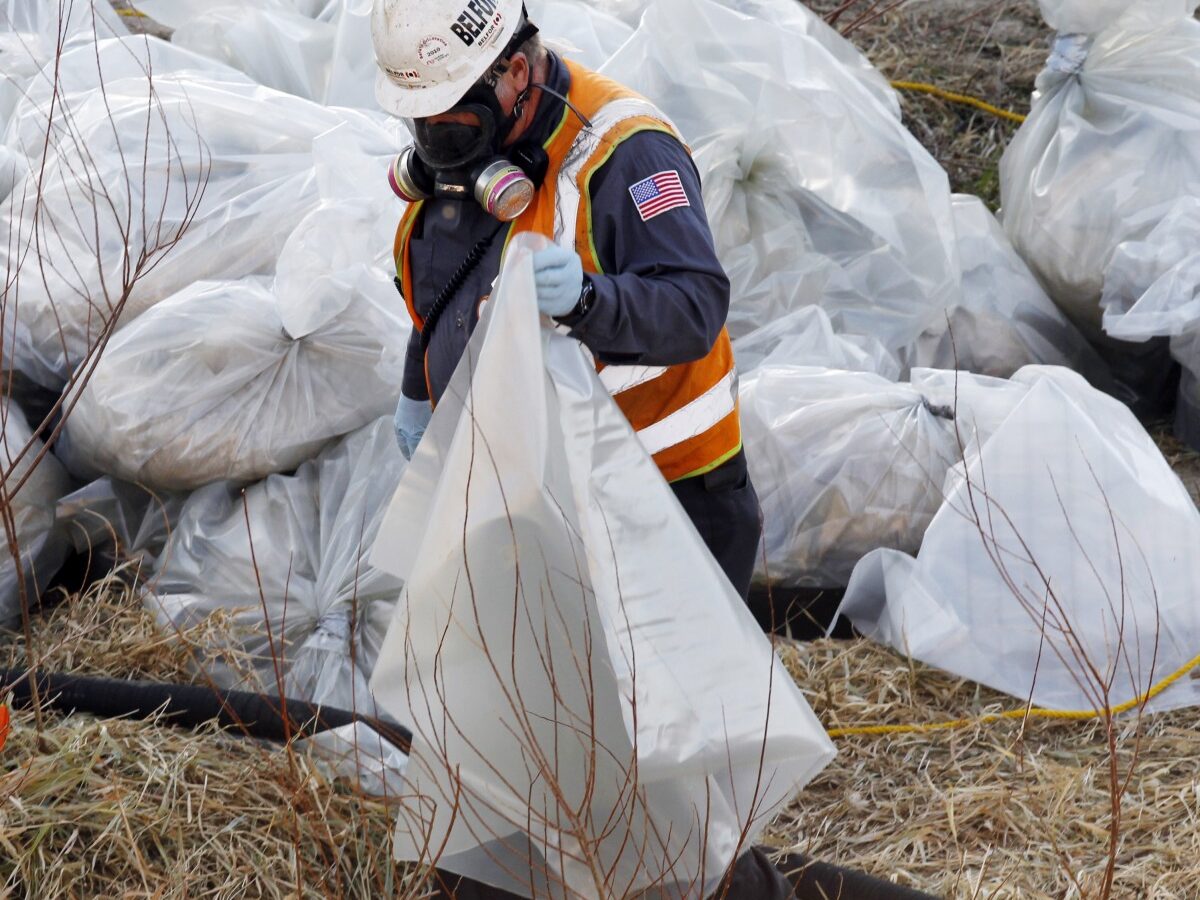
If hazardous waste, or poisonous byproducts from industries such as manufacturing, farming, city septic systems, construction, automotive garages, laboratories, hospitals, and oil companies, are known to cause harm, and in some cases death, to humans, animals and plants, why do individuals and companies continue to illegally dispose of the waste?
It’s a question many are pondering after it was recently discovered that 165 gallons of hazardous chemicals had been illegally dumped at a construction site in Denver on April 20.
Luckily for Denver residents and the environment, the two 55-gallon barrels of VP 55 (racing fuel) and one 55-gallon barrel of ethanol were merely placed unlawfully on the property and not actually poured into the ground or a water source.
However, the owner of the construction site has now been tasked with footing the $2,000 bill to safely dispose of the chemicals — something not all Americans would be willing to do.
If the property owner of the construction site had decided to (illegally) pass along the waste to another person or had dumped the chemicals into the ground or a water source, it only would have detracted from the hazardous waste cleanup efforts underway throughout the country.
Those efforts already cost taxpayers between $370 billion and $1.7 trillion — an amount that environmentalists say would be much less if people and companies properly disposed of toxic chemicals.
Each year the U.S. produces an estimated 256 million tons of hazardous waste, most of which comes from the chemical and petroleum industries, but also includes common household items such as old batteries, bug spray cans, computer equipment and paint thinner.
Though 256 million tons is a large amount of hazardous waste, the actual amount of hazardous waste produced in the U.S. is likely a much higher number as the Environmental Protection Agency doesn’t track toxic and hazardous waste produced by industries the federal agency isn’t tasked with monitoring. That number also fails to include some forms of waste that many environmentalists argue are toxic, such as oil waste, that the EPA doesn’t currently classify as being hazardous.
Since 1976, when the EPA began regulating hazardous waste — which includes chemicals that are corrosive, ignitable, reactive and toxic — hazardous waste facilities have been created throughout the nation to help companies and individuals safely dispose of these materials. But while many members of the public have sided with environmentalists in pointing out a lack of regulations for hazardous waste, many corporations have lobbied Congress to remove certain rules, arguing the disposal regulations are too strict.
Though the disposal fees may sound high at first, environmentalists point out there is no way to put a price on clean drinking water — something that would be jeopardized without disposal rules.
However some corporations, such as Wal-Mart, have tried to save pennies by illegally dumping hazardous chemicals such as fertilizers, pesticides and bleach in sewage systems throughout the country.
In 2013, Walmart pleaded guilty to six counts of violating the Clean Water Act at more than 4,000 of its retail stores throughout the United States. The retailer was also found guilty of mixing pesticides at a recycling center in Missouri and then selling the chemicals to customers.
According to the Department of Justice, the retailer agreed to pay more than $110 million in penalties for violating the environmental regulations outlined by the U.S. government, and thereby putting the public and environment at risk.
While Denver lucked out this time, not all communities are so lucky, which is why officials took this case as an opportunity to remind the public to ensure all hazardous chemicals are disposed of properly, and to report instances of illegal dumping to their local authorities.


